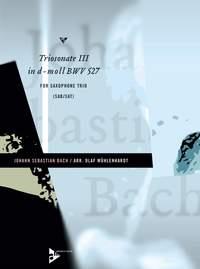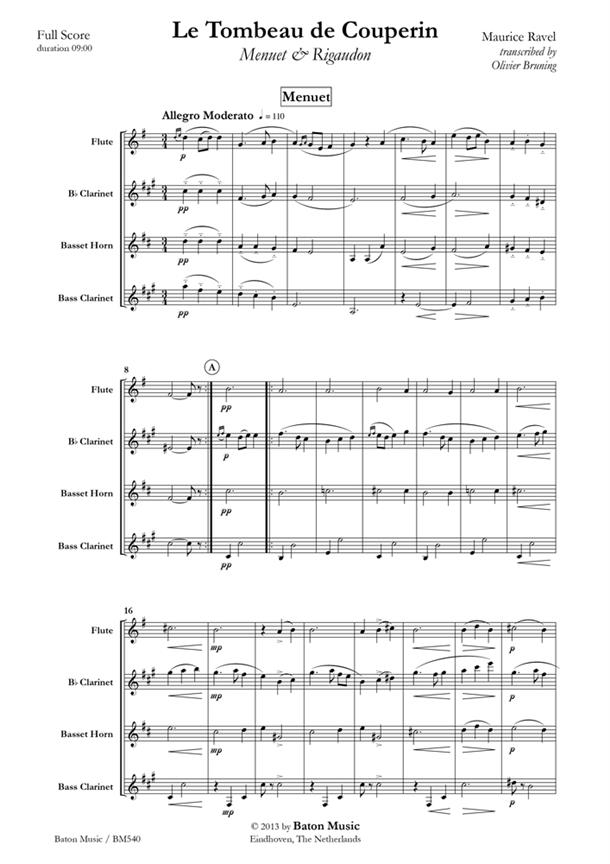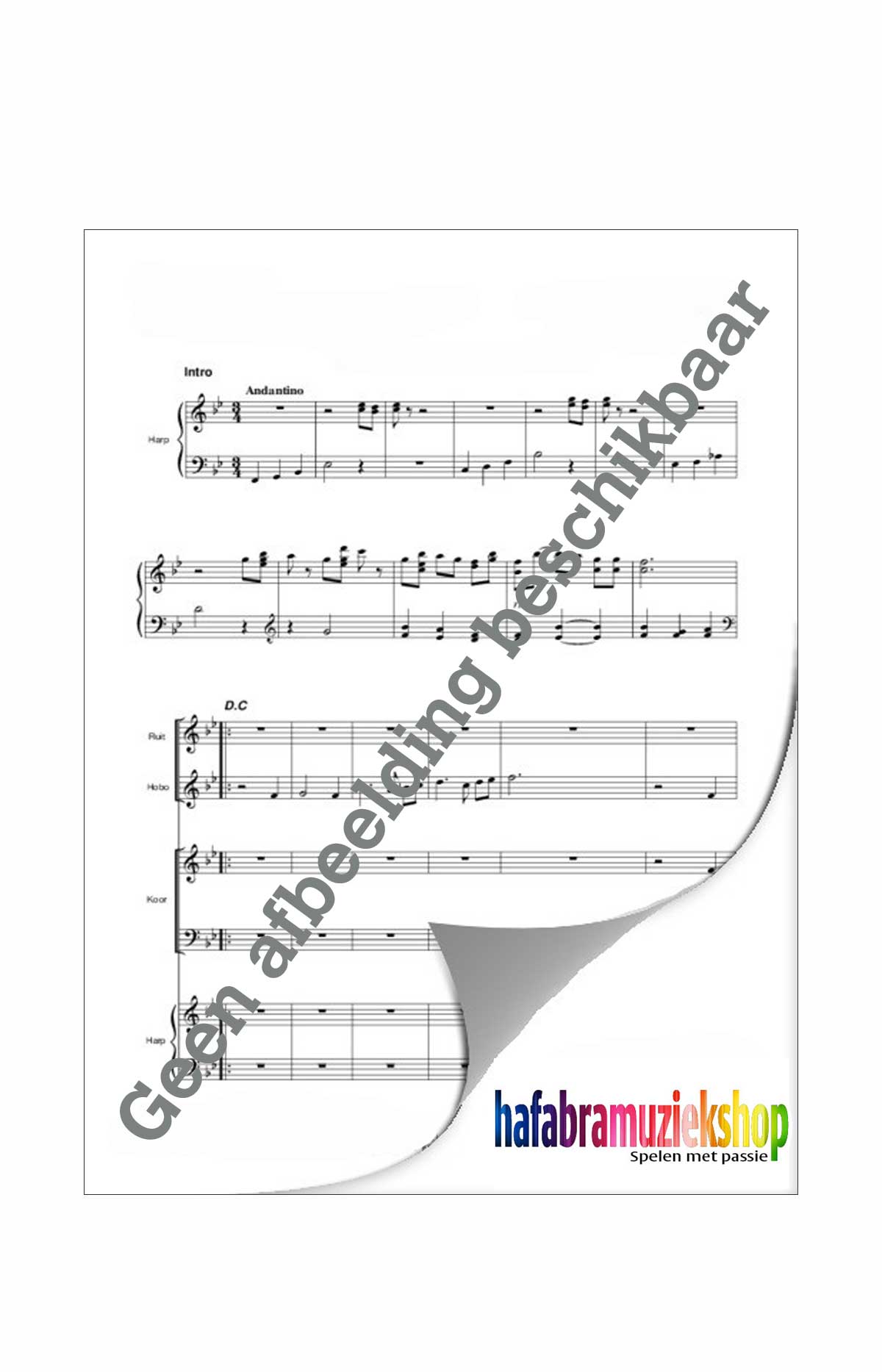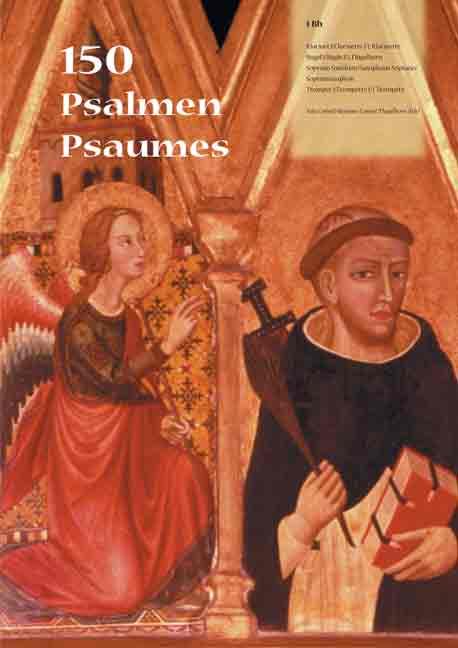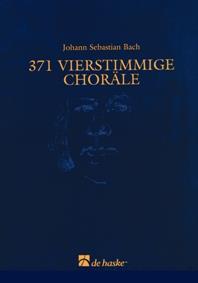Beschrijving
Bach composed the six Trio Sonatas for Organ BWV 525 – 530 probably between 1727 and 1730 when he was Cantor at the St. Thomas Church in Leipzig. The trio sonata as a baroque genre usually employs four players: two solo parts (violin, flute or oboe), a bass part (Cello, violone or bassoon) and the continuo part (organ, harpsichord or lute). It is assumed that during his time in Köthen (1717 – 1723), Bach composed a few dozen trio sonatas for various instruments, of which very few have survived. In fact, the Triosonata for two Fluit and Continuo BWV 1039, along with the one from the Musical Offering (which was written much later), is the only one of which the authenticity can be regarded as certain. Bach arranged it for Viola da Gamba and harpsichord (BWV 1027). The upper solo part is played by the right hand of the harpsichordist while the Viola plays the second part an octave lower. Later, Bach arranged the last movement for organ (Trio in G). Here, the pedal plays a slightly simplified bass, and the left hand takes up the second part. Maybe some of the movements of the six Trio Sonatas for Organ go back to lost compositions Bach has arranged in a similar manner. There are earlier versions of many movements, and the original of at least one movement (BWV 528, I.) was written for more than one instrument: the Sinfonia of the second part of Cantata BWV 76 which is set for Oboe d’amore, Viola da Gamba and Basso Continuo. The linear, distinctly chamber music-like disposition of the Sonatas further supports this assumption, and a number of recent recordings of the Sonatas with two solo instruments and basso continuo convincingly justify the reconstruction of a hypothetical original. The Andante has three parts. The first begins with a fugue over a continuo-bass. In the second part a new theme appears in measure 49, and Bach develops earlier motives in a total of nine sequences. The triplet motif from measure 21 extends into long, animated strings. A repetition of the first part closes the movement. The second movement Adagio e dolce also appears as the middle movement of the Triple Concerto for Flute, Violin and Harpsichord in C, BWV 1044 which was probably written after the version for organ. Two contrasting themes, one homophone, the other in imitation dominate the first part. In the second part, new ideas are presented in two bar sequence. The Vivace shows elements of a da-capo-fugue – just like the final movements of the Trio Sonatas BWV 526, 529 und 539. But here, the bass is not involved in the thematic development. The form A-B-A prominently resembles the first movement. Triplets are a consistent element of this sonata. In the extended middle section (M 37 – 144) of the third movement they are much more playful and freely varied and sometimes even overlap the development of the main theme. In the third movement the Soprano and Alto parts had to be exchanged in bars 17 – 24 and 161 – 168 to accommodate the instruments’ ranges.

